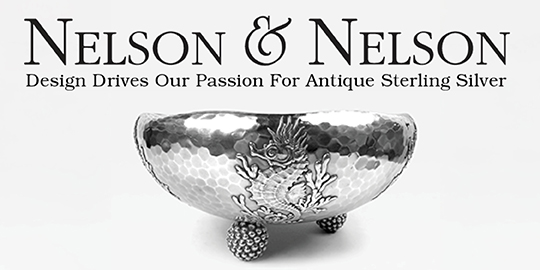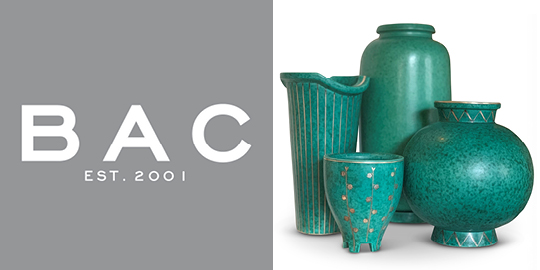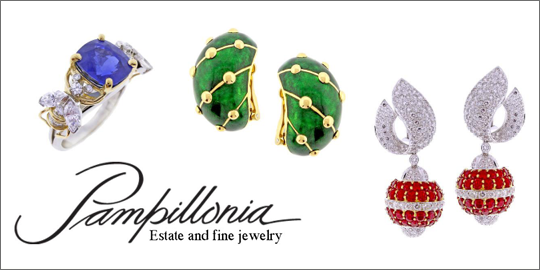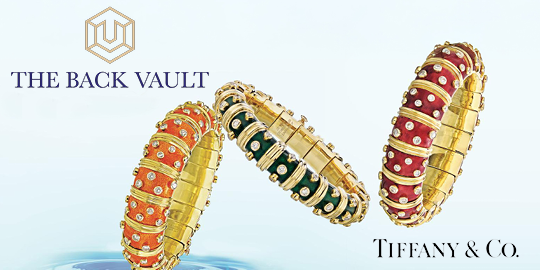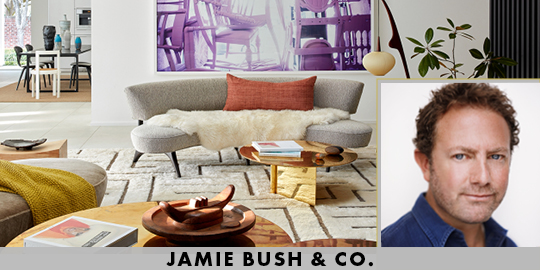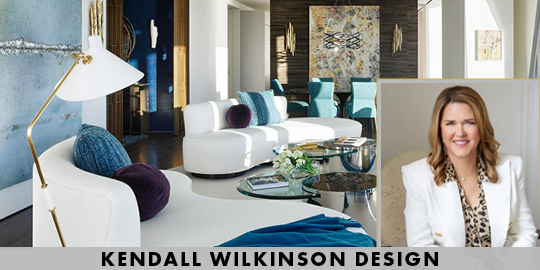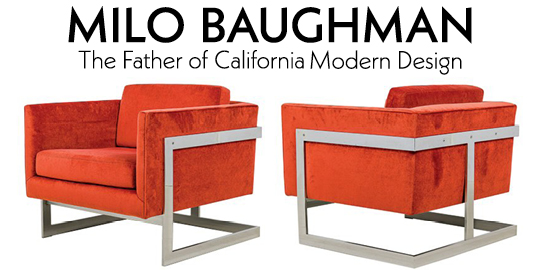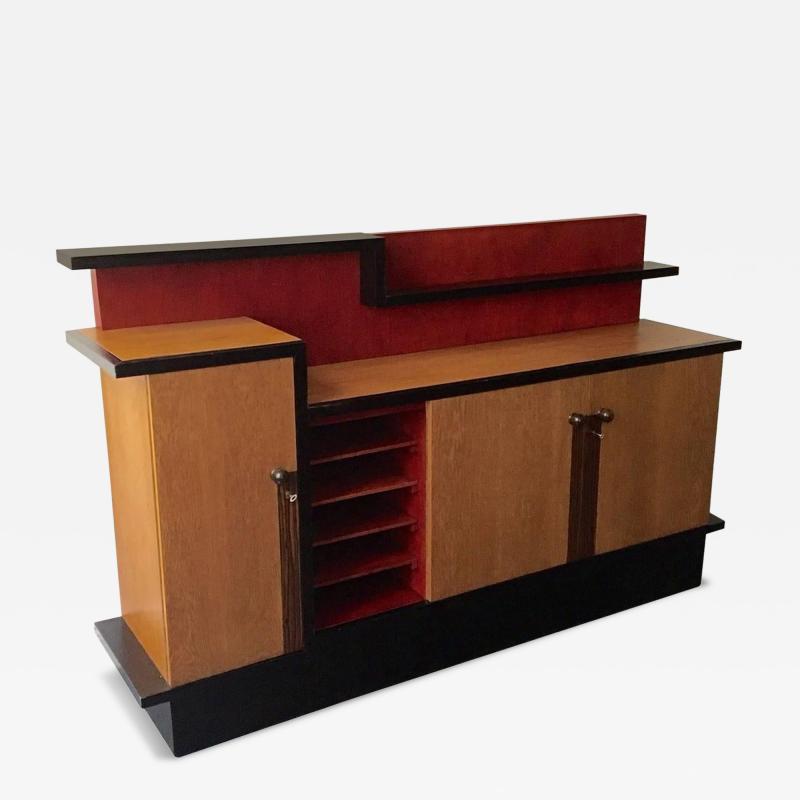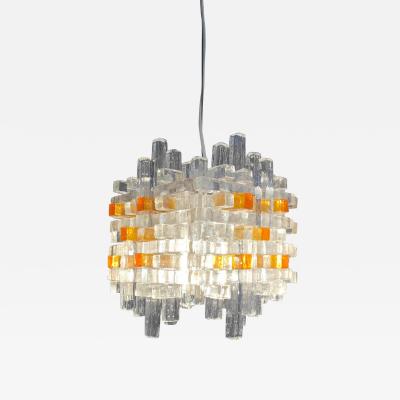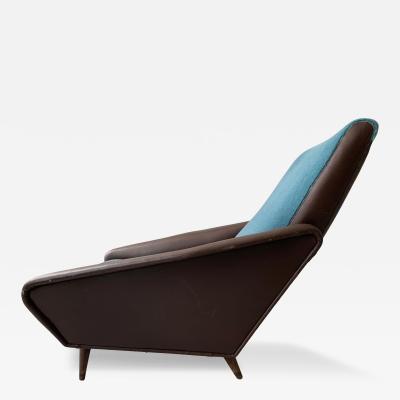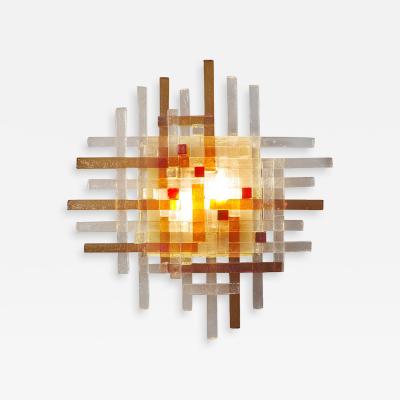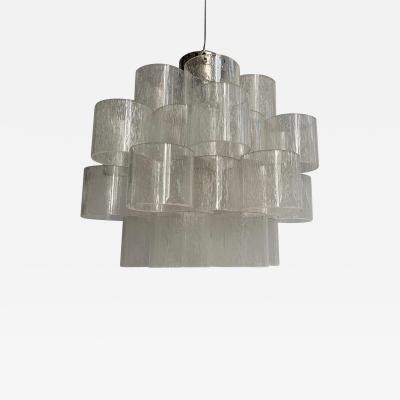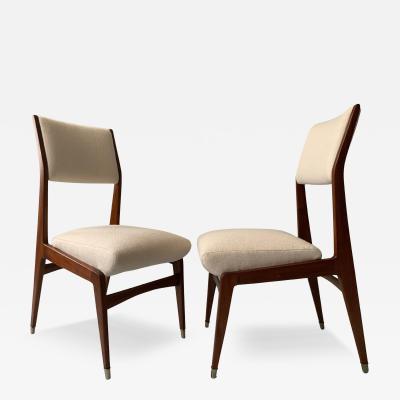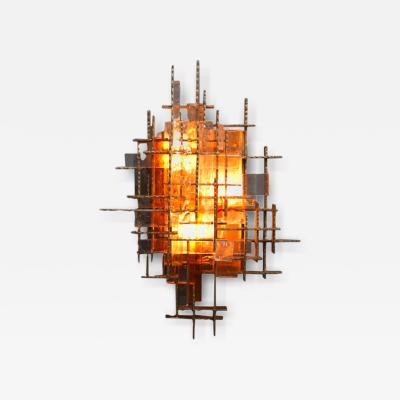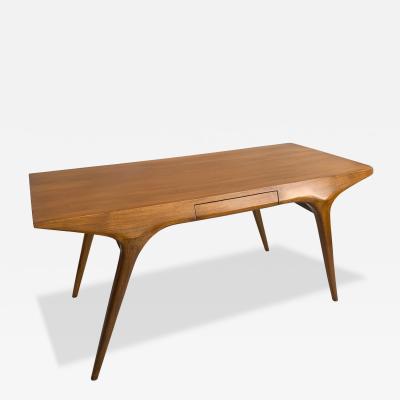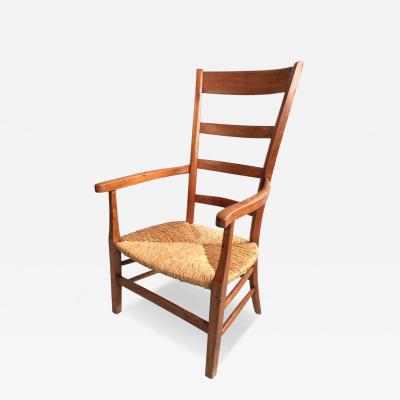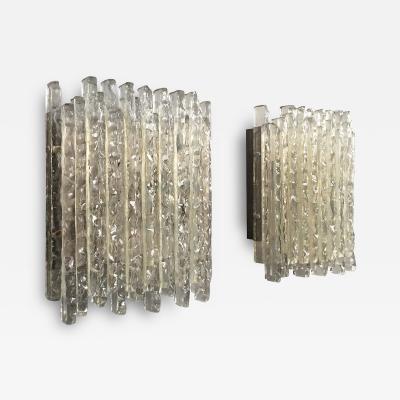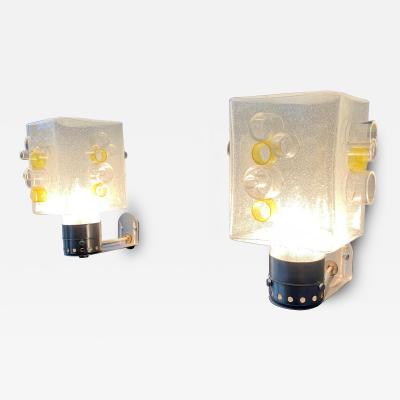Asymmetrical Dutch Cabinet 'Hague School' Designed by Coen de Jong. c 1930
-
Description
Designer: Coen de Jong
Manufacturer: A.J. Boskamp
The cabinet is made of oak and coromandel with ebonized and red stain wood. The asymmetrical cabinet has three doors that open to shelves and in addition, red exposed shelves visible in front.
During the interwar years (1919-1938) in the city of The Hague, a luxurious and modern design style was created. The Hague School is a variation of Art Deco and is recognizable by the straight and geometrical shapes in its decorative arts and in its architecture. The Hague School was a mix of the rationalism of Berlage, the traditional Arts and Crafts Movement (the interiors of Frank Lloyd Wright, who visited Holland in 1918) and Gerrit Rietveld (the avant-garde movement of De Stijl; the use of color and constructivism) All of these influences resulted in a modern commercial design movement centering around The Hague and its wealthy citizens. It featured symmetrical and asymmetrical lines, almost no ornamentation, a constructionist attitude and the use of colors such as blue, red, black and yellow. -
More Information
Origin: Netherlands Period: 1920-1949 Materials: Oak. Condition: Excellent. Refinished. Wear consistent with age and use. Creation Date: 1930 Styles / Movements: Modern Incollect Reference #: 806066 -
Dimensions
W. 71.5 in; H. 43.75 in; D. 17 in; W. 181.61 cm; H. 111.13 cm; D. 43.18 cm;
Message from Seller:
Frank Rogin Inc., a by-appointment gallery in Albany, NY, can be reached at info@rogin.com or 212.431.6545. The gallery, led by third-generation dealer Frank Rogin, specializes in European modernist design and maintains a renowned, expertly authenticated collection of Poliarte lighting.







